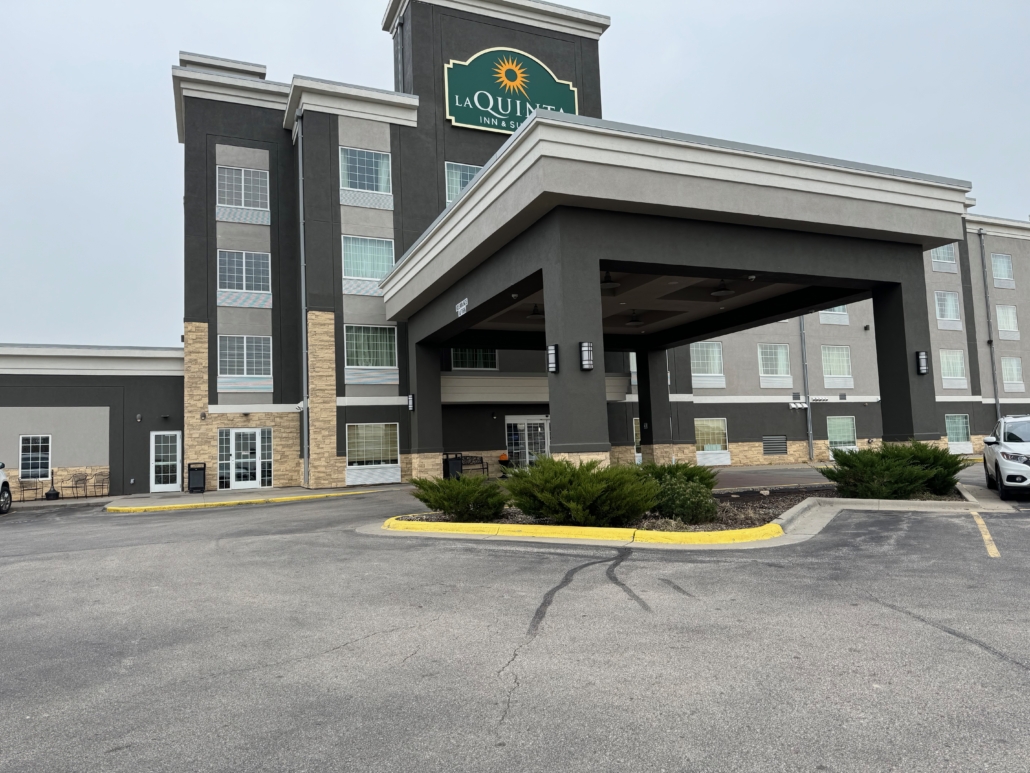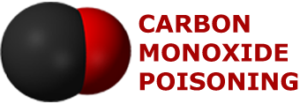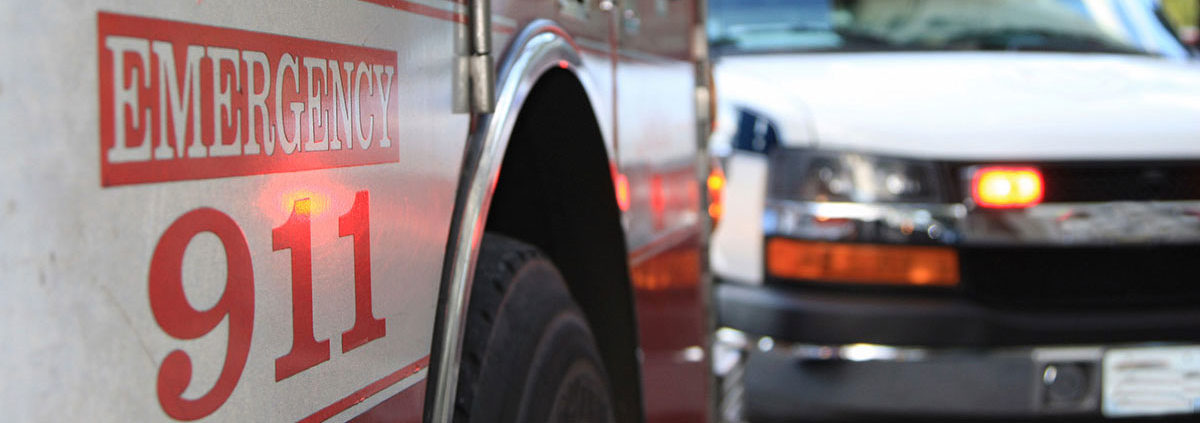Click here for More on Carbon Monoxide Attorney Gordon Johnson
Carbon Monoxide Poisoning Can Kill
It is the CO deaths that make the headlines. CO most often kills by depriving the heart of oxygen, causing the heart to stop beating. Unless the heart is restarted in minutes, death will result. But death is not the only kind of heart damage that can occur from carbon monoxide poisoning. CO can cause non-fatal heart attacks and other heart damage. Too often CO is not considered in the differential diagnosis in many of these situations, especially with people who might have been at risk from heart disease anyway.
Click here for Symptoms of and Treatment of Carbon Monoxide Poisoning
Sources of Carbon Monoxide Poisoning
Our treatment on Carbonmonoxide.com will first focus on how CO poisoning occurs indoors. We will start with what can go wrong with furnaces, hot water heaters and ovens resulting in the release of CO in indoor air. This page will also have a major discussion on the risk factors of CO poisoning from operating gasoline burning engines indoors, including in garages. The biggest culprit in this area is electrical generators. CO can also occur on or near boats, in motor vehicles and in airplanes.
Carbon Monoxide from Furnaces and Hot Water Heaters
The first key to understanding CO exposure is that in general, CO is the result of incomplete combustion of a carbon based fuel, like oil and gas, even wood and charcoal. Generally, fuel burning appliances like ovens, furnaces, hot water heaters and gas dryers should burn clean enough that CO is not a serious risk factor. It is only when these appliances malfunction that significant levels of CO are released into indoor air. The more fuel these appliances are designed to burn, the greater the need that without proper venting, that a CO leak may occur indoors. By CO leak, we mean release of this poison gas into room air.
Proper venting not only requires sending exhaust gases outdoors, through a chimney or other vent pipe, but also assuring that there is sufficient oxygen for the fire (combustion) to burn completely. Thus, the larger the appliance, the more important that venting be provided for combustion air, which is usually outdoor air. If there is a break or obstruction in either the exhaust venting or the combustion air intake, incomplete combustion may occur, resulting in carbon monoxide poisoning.
To further understand the issues of the relationship between negative pressure and the formation of carbon monoxide poisoning, click here.
Carbon Monoxide Poisoning in Hotels and Schools
Hotels are a particularly dangerous place for CO poisoning because people sleep there. When CO exposure occurs in the middle of the night, deaths are likely to result and those who survive are often severely poisoned. While not as likely to be fatal, CO also often strikes in schools and office buildings. In most of these of cases, it is older, poorly maintained furnaces and hot water heaters that are at fault. We will discuss each of these types of events in greater depth in our later pages.
What is so scary about hotel CO events is that as the symptoms mimic the flu, many just fall asleep and never wake up. Many of the these poisonings stem from old boiler systems that are poorly maintained. The problem gets more serious when first line franchise hotels get sold to second level chains, with the building and business operated by those who have little experience with the hospitality and building management. Pool heaters are also a big culprit in hotels. CO detectors can saves lives, but only if those detectors are where there are people to hear them go off in the middle of the night. Click here for more information.
There have been three major CO school cases in the last few years. The Brain Injury Law Group represents more than 40 people poisoned in those events. Click here for more information.
Office building CO events are similar to those found in schools. While the levels can reach deadly levels, because multiple people get sick almost simultaneously, usually someone calls 911 and an evacuation occurs before they become deadly. But these type of poisoning events can occur day after day at levels that do not result in anyone getting sick. For more on chronic CO poisoning, click here. It is thought that until carboxyhemoglobin levels get to 20%, that most people are not going to vomit or pass out. Brain damage clearly begins to occur in a significant proportion of those exposed at 10% levels. For more on CO in office buildings, click here.
Carbon Monoxide Symptoms Include Headache, Nausea and Lightheadedness
The symptoms that often alarm people to the existence of CO are headaches, nausea, vomiting and lightheadedness. Unfortunately, many of the early symptoms of CO poisoning mimic flu or other viral illness. When numerous people are being poisoned simultaneously, it is often someone passing out that warns that something environmental is wrong. When the second person gets comparably sick, others less impacted often realize that something other than the flu is going on. Too often people who suffer CO poisoning think they are suffering food poisoning. This can happen even when multiple people are being poisoned at once, because they may have eaten the same food. In either case, 911 should be called and they should first rule out the presence of carbon monoxide. First responders should have accurate CO detectors. In the case of suspected CO exposure, get outside immediately. Don’t wait for the first responders.


